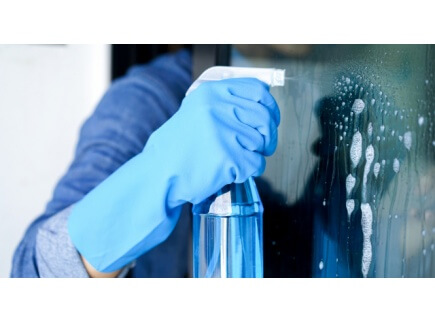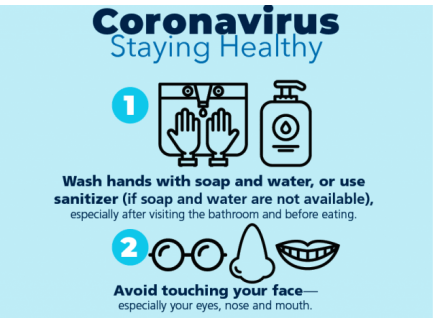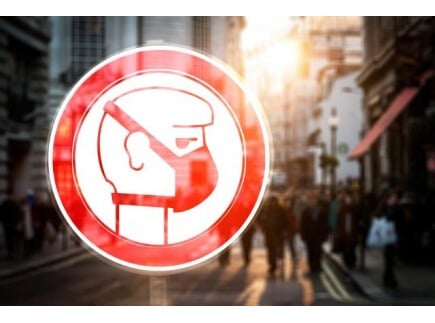About This Lesson
Use this resource to learn differences between cleaning and disinfecting as well as best practices to consider when planning for COVID-19 prevention.
Cleaning and disinfecting are part of a broad approach to preventing infectious diseases in schools. Infectious diseases are generally spread through harmful microorganisms or environmental pathogens, such as viruses, bacteria, fungi, etc., via direct person-to-person contact with an infected individual or by touching objects contaminated by infected individuals, such as doorknobs, elevator buttons, handrails and other frequently touched surfaces. These germs are then transmitted from the hands to the nose, mouth or eyes.
Effective cleaning and disinfecting of environmental surfaces, including “high touch” or frequently touched surfaces, significantly decreases the number of environmental pathogens on those surfaces, which in turn, reduces the risk of transmission and infection. These “frequency areas” and items known or likely to be contaminated should be disinfected at least daily.
















